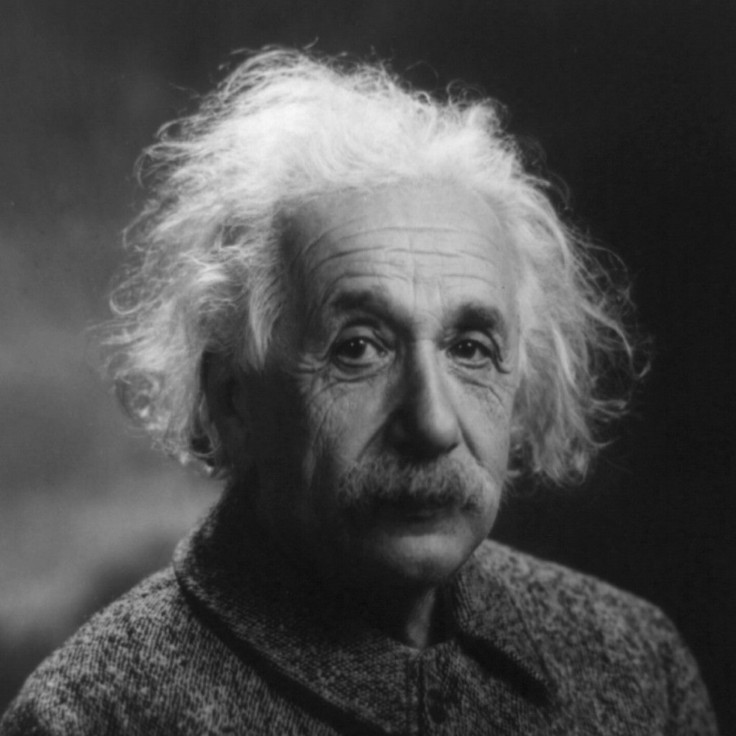Wanna See Einstein's Brain? Brain Exhibit Shows Sliced of Genius Brain

[REUTERS] -- We've pickled it, desiccated it, drilled it, mummified it, chopped it and sliced it over centuries, yet as the most complex entity in the known universe, the human brain remains a mysterious fascination.
With samples of Albert Einstein's preserved brain on slides, and specimens from other famous and infamous heads such as the English mathematician Charles Babbage and notorious mass murderer William Burke, an exhibition opening in London this week is seeking to tap into that intrigue.
Curators say it reveals the mind as matter with a historical perspective on what humans have done to brains in the cause of medical intervention and scientific enquiry.
(This) single fragile organ has become the object of modern society's most profound hope fears and beliefs - and some of the most extreme practices and advanced technologies, said Marius Kwint, the show's co-curator, who spoke to reporters at a preview at the Wellcome Collection in central London.
The different ways in which we have treated and represented real physical brains open up a lot of questions about our collective minds.
Scientists reckon the brain contains 100 billion nerve cells and some 100 trillion synapses or neural connections.
BASIC TOOLS
Current research such as the Human Connectome Project are seeking to map the brain's wiring using the latest imaging techniques, but people have been trying since pre-historic times to crack beneath the skull and dig deeper into what might make one mind so different from another.
Tools on display at the exhibition -- from a trephine with a wooden handle and shark tooth blade, to a 19th century cranial file that looks like a corkscrew or bottle opener -- show how just getting in is often tough work.
The tools are surprisingly basic, even though the care of the surgeons is remarkably tender, said Kwint
The show features a 5,000-year-old skull with holes drilled through it, showing just how long humans have been using direct intervention into the matter of the mind.
There are also more modern instruments such as a 1950s ECT or electroconvulsive therapy machine preserved from a British mental hospital which started out in 1829 as an asylum for pauper lunatics.
Divided into four sections, the exhibition devotes a quarter of its space how brains have been preserved for posterity.
Co-curator Lucy Shanahan said while specimens like the slices of Einstein's brain can offer little in terms of how the great scientist's brain managed to tackle such things as his Theory of Relativity, its preservation still makes people stop and think.
It's fascinating to be confronted with actual brains. When you see one, or part of one, in a jar or on a slide, in some ways it doesn't reveal much at all - but at the same time it makes you stop and relate that to what's going on inside your own head, she told Reuters.
It's a fascination, if not an obsession.
The exhibition ends with video clips of interviews with prospective brain donors, seeking to underline the importance of a continuous supply of fresh material to work on in the search for new treatments for conditions such as Alzheimer's disease.
One interviewee is Albert Webb, born in east London in 1919, who says he was motivated to promise his brain to science after his wife Ellen died of Alzheimer's. I shall be doing a bit of good to somebody, he says.
(Reporting by Kate Kelland, editing by Paul Casciato)
© Copyright Thomson Reuters 2024. All rights reserved.











